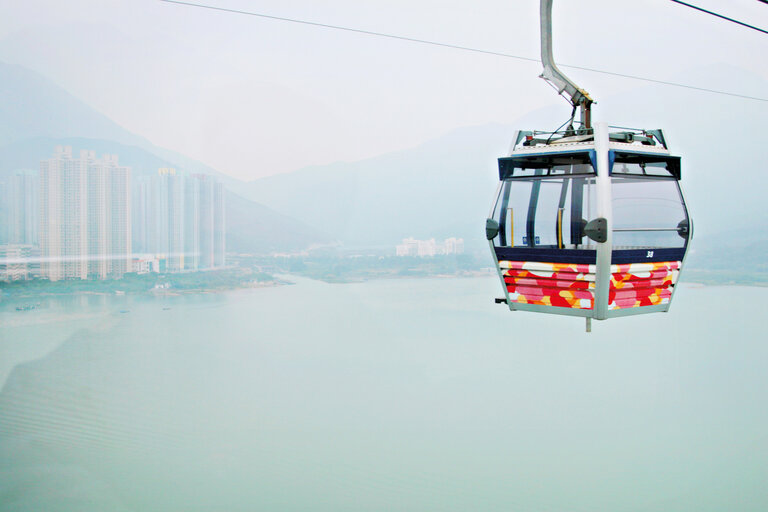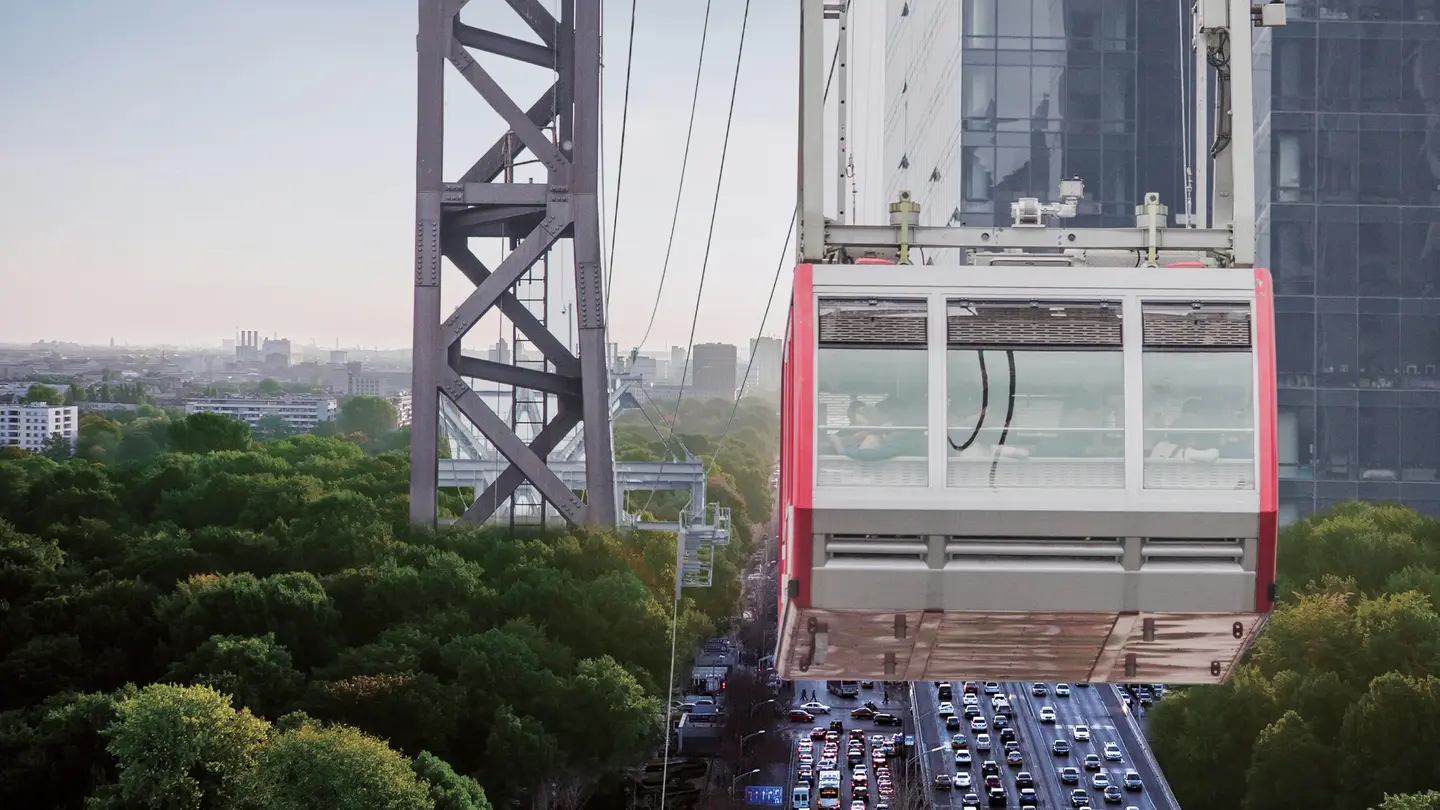Winter sports enthusiasts and mountaineers know the feeling: cable cars transport you comfortably from the valley through the air, far up into the mountains. High above the ground, passengers can enjoy the almost infinite view while silently leaving obstacles such as hills and rivers behind them.
At a time when climate change and infrastructure are coming to people’s attention more than ever, cable cars are increasingly being considered as all-purpose solutions for urban areas. For this reason, The Federal Ministry of Transport and Digital Infrastructure (BMVI) has commissioned the Stuttgart planning and consulting company Drees & Sommer SE and the Institute of Transportation Research Stuttgart (VWI) to compile a joint report on the urban and transport planning integration of urban cable transport projects. The result should be a guideline for the implementation of cable transport systems as a component of public passenger transport, which is due to be presented in two years.
Setting new incentives
Endless traffic jams, overcrowded buses and trains, stressed out commuters: more and more German cities are reaching the limits of their infrastructure capacity. Cable cars could be the solution. Especially in urban regions, where airspace has exceptionally great potential, this means of transport would overcome challenges literally on a new level, due to its special features. ‘With this study and guideline, we want to create incentives to promote sustainable mobility in an urban context and to supplement the public transport system in a sensible way. Our goal is to create a national standard for urban cable transport systems in Germany which towns, cities and local communities can use as a guideline,’ says Steffen Bilger, the Parliamentary Secretary of State in the Federal Ministry of Transport. In spite of the ‘considerable success and demonstrable advantages’ of cable transport systems in many metropolitan cities worldwide, there is ‘not much experience of cable transport systems in an urban context’ in Germany.
Studying the cable transport systems in the cities of Medellín, La Paz, New York, Portland, Algiers, Lisbon, Brest, Bolzano, London, and Ankara is therefore an element of the joint study by Drees & Sommer and the Institute of Transportation Research. In its analysis, the study focuses on the designated purpose of the cable transport system, the planning process, integration into the urban context, the links with the wider public transport system and the effects on transport and traffic. The aim is to derive insights for possible cable transport projects in Germany.

